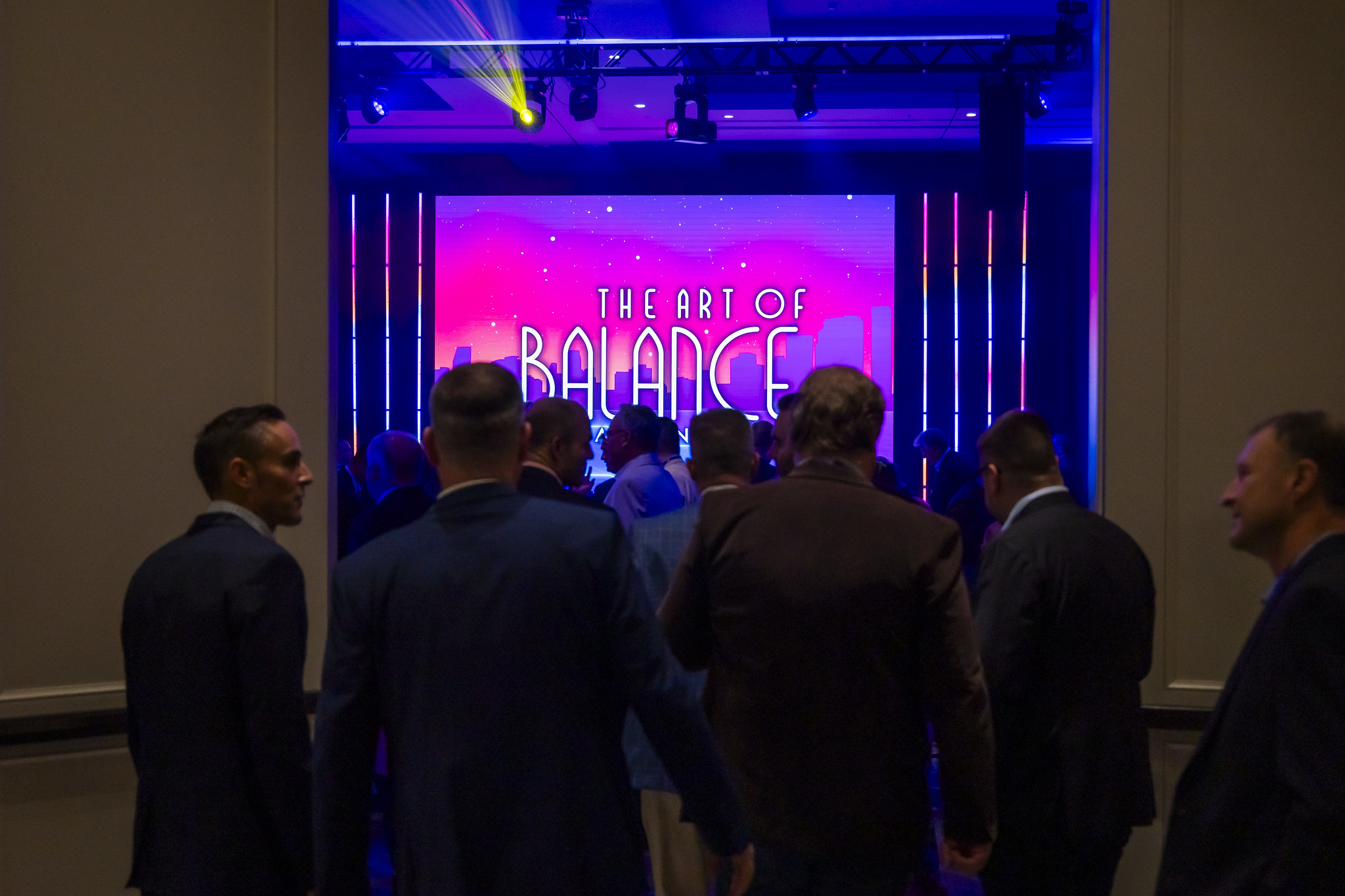By Mike Schmidt, AEM Director of Industry Communication —
When the time came for Linamar Corporation to develop a program for attracting and hiring more female apprentices, simply settling on an idea, implementing it, and hoping for the best just wasn’t going to cut it.
Leadership at the Guelph, Ontario-based manufacturer and AEM member company wanted measurable results, and the organization took it upon itself to develop a well-conceived strategy for setting goals and executing the proper steps to achieve them. At the time, Linamar employed just one female apprenticeship at the company. So, instead of just trying out different tactics, the company went in search of direct feedback from the people it was trying to reach.
“We decided not to just come up with an idea ourselves,” said Shaun Scott, director of human resources – corporate at Linamar. “We asked young women what their barriers were, and then we built a program around breaking down those barriers. And that’s how our Future of Trades program was born.”
Want to learn more workforce strategies and tactics? AEM members are encouraged to join AEM’s Workforce Development Committee.
Going Next Level
As Linamar’s workforce efforts to come together, company officials recognized the need for immediate and substantial progress. Thanks in large part to hard work and support from its recruitment and maintenance teams, Linamar went from employing of one female apprentice to 1% of its total number of apprentices represented by women. Eventually, according to Scott, that number reached 5-6%.
“We were happy, but we weren’t satisfied,” he explained. “Our target was 20%, because women make up about 20% of our workforce.”
However, the company saw a chance to take things to the next level after receiving a call from a local school board official, who offered Linamar the opportunity to participate in an initiative where organizations enlist young people to help solve real-life business problems.
“They wanted to know if we wanted to work with them on it, and we quickly said yes,” said Scott.
The company then held tours at its Guelph facility, where young women were asked to evaluate all the advertising Linamar developed around the skilled trades and technology. According to Scott, they were encouraged to provide honest and clear feedback. The students, he said, delivered.
“The first thing they told was, every time an adult speaks to us about the trades, it is consistently mentioned how much money we stand to make,” Scott continued. “While the young people liked the idea of being able to make a living, the fact that it seemed like it was the only thing people talked about made it appear as if the jobs are actually pretty horrible.”
Scott added that the company also received three other notable pieces feedback:
· Young people felt embarking on a career in the skills trades would prevent them from being able to enjoy everything that comes along with a traditional college experience.
· They weren’t certain as to whether they would like (or even experience success) working in a specific trade.
· In addition, they expressed uncertainty about career opportunities and employment prospects in the skilled trades.
“We really wanted to know what barriers they were facing in the trades,” said Scott. “Since we were focused on young women, we asked them, and what they shared was really insightful. It's ultimately the basis for how Future in Trades was created.”
Offering Flexible and Valuable Opportunities
Linamar promptly went to work trying to address the points made by the people it interviewed as it established the Future of Trades program at the company. First and foremost, apprentices are offered a scholarship that’s 100% paid for two years, allowing them to go to college and obtain some life experience.
Apprentices are also encouraged to try out different kinds of courses and see what fits as well, as they aren’t required to major in a trade until year two. And finally, the company offers apprentices the chance to work at Linamar for up 15 hours a week during the school year with flexible scheduling.
“Also, we advertise our opportunities each fall,” said Scott, who noted the company offers five scholarships a year. “Young women apply, we interview them, and we hire them before they graduate high school. So, not only do they know they have a job while they’re still in high school, and they know they’ll have one after finishing school, because they’re already an employee when they go to college.”
Lessons Learned
There is no shortage of lessons for other organizations to learn from Linamar’s experience spent investing in, developing, and optimizing its Future in Trades program. The main one, said Scott, is not to try and build the perfect program right away. Recognize progress will take time, challenges will present themselves, and success won’t be immediate.
“Just start moving in the right direction and figure things out along the way,” said Scott. “Go in with the best of intentions, know you’re piloting something, and that you might make some mistakes along the way.”
At one point in time, Linamar found itself stuck at 5% of its total number of apprentices represented by women. Now, fortunately, the number is close to 10%, with the goal of continuing to move ever closer to 20%. It’s difficult for Scott to project when that’s likely to occur, but he said feels it’s more important for the company to focus on trying to build capacity, move things forward, and hopefully repurpose the program for other equity-deserving groups in the future.
“Ultimately, we say we want more women in the skilled trades, and every woman we select we do because we feel she’ll be a good fit. These women are earning the opportunity, and they deserve it, and their coworkers know it, too,” said Scott.
Making an Impact
According to Scott, organizations looking to move the needle on workforce through apprenticeship programs:
- Set ambitious goals.
- Measure progress to those goals (as opposed to activities).
- Communicate widely through their respective organizations about what they are trying to accomplish.
- Not forget about others outside of the demographic or group they are looking to target.
The bottom line, Scott explained, organizations looking to put together a program like Future in Trades should look to provide women with opportunities to not only compete with their male counterparts for apprenticeships, but also a chart a proper course for their sustained success in the skilled trades.
“Because they have so much experience, they can then feel much more confident about their ability to compete and do well in an apprenticeship,” said Scott. “We can’t change the world with one program, but maybe we can make a difference collectively as an industry.”
For more AEM member perspectives, subscribe to the AEM Industry Advisor.





